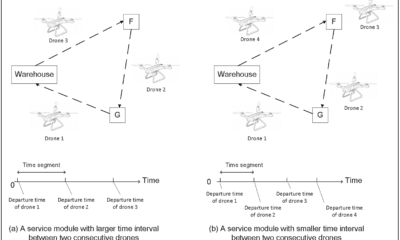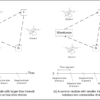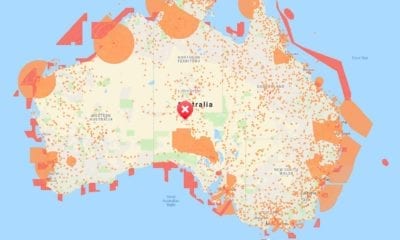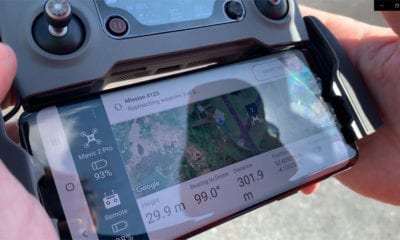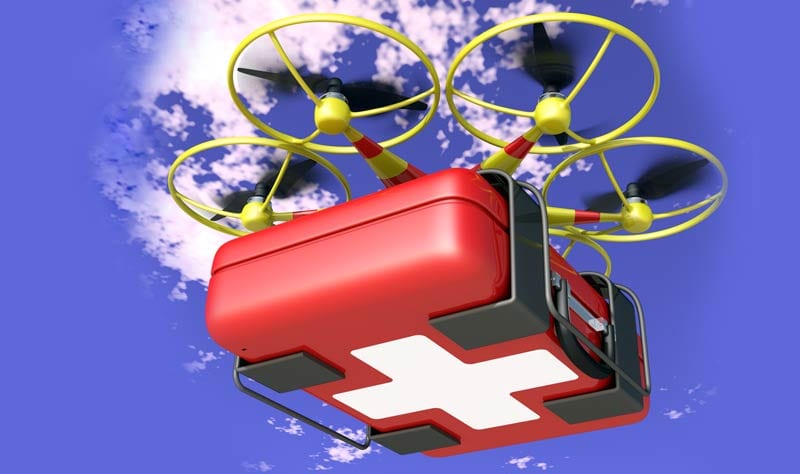
Drone Delivery
Medical Drones: The Life-Saving Potential Of Unmanned Aircraft
Some know them as unmanned aerial vehicles and others refer to them as drones. Like it or not, drones are here to stay – but with that they are bringing many life-saving opportunities. One of these benefits is made possible with what we know as medical drones.
The healthcare has always been developing. Nowadays, we have machinery of all kinds and types – and tons of healing methods that have become sophisticated and (in some cases) painless. However, what medicine could never tackle is time.
If you think about it, time is what is most crucial in healing. Whether it’s a natural disaster, a traffic accident, a heart attack or an organ transplant, time is what remains a challenge and is something that needs a better solution.
In 2018, it looks like we have a solution for time in healthcare. It is coming in the shape of drones which will fly the extra mile and deliver drugs, vaccines, blood and even organs. The name of these drones is medical drones – and the opportunities under them are pretty impressive.
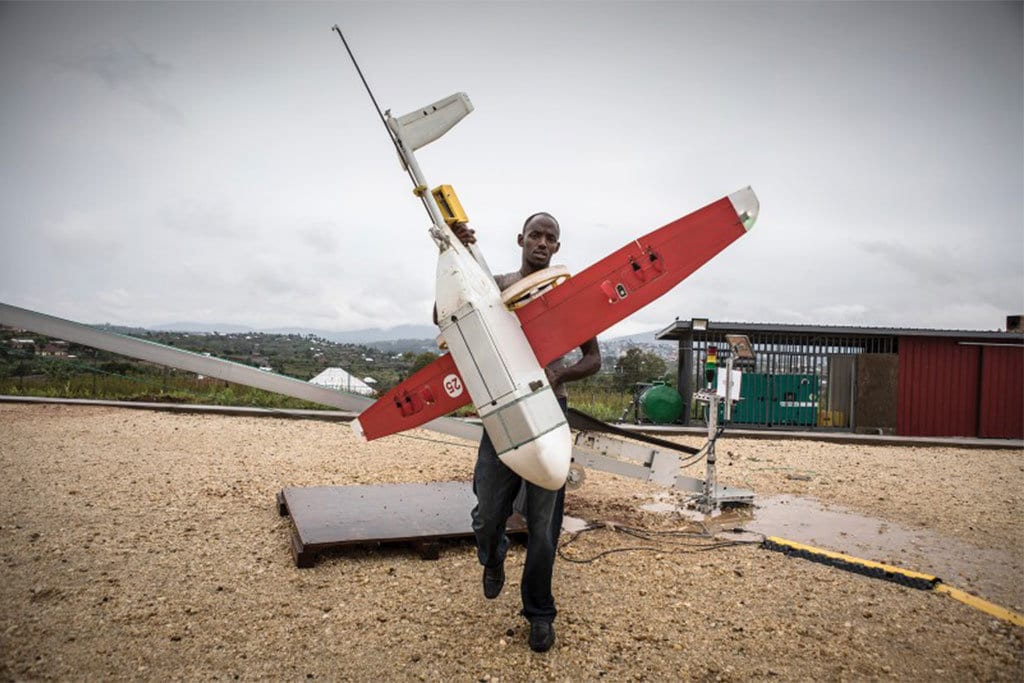
Source: Zipline
In A Nutshell: How Do Mobile Drones Work?
From amusement parks to skiing resorts, cities and even oceans, mobile drones are here to save lives in all areas which are filled with people enjoying their time. In times when it is more than difficult to transfer medicine to the right patient or injured person, mobile drones are the perfect answer covering any long distance or hard-to-reach areas and scenarios.
What started as drones for entertainment evolved to drones used in aerial photography, monitoring races and even landscaping. It was certainly Amazon which created a buzz around drones in delivery and started exploring their potential.
Nowadays, drones are already delivering packages to customers – including in some cases, medical packages, and patients are enjoying the perks.
Are There Any Challenges?
If the concept of mobile drones seems very futuristic to you and you are asking questions like:
- What if birds interact with drones and affect the delivery?
- What if medicine falls from the sky?
- How can a drone transport something that is so fragile?
Obviously, there are companies which are developing these aerial vehicles in a very sophisticated way – implementing even more features and solving even more challenges than the ones listed above.
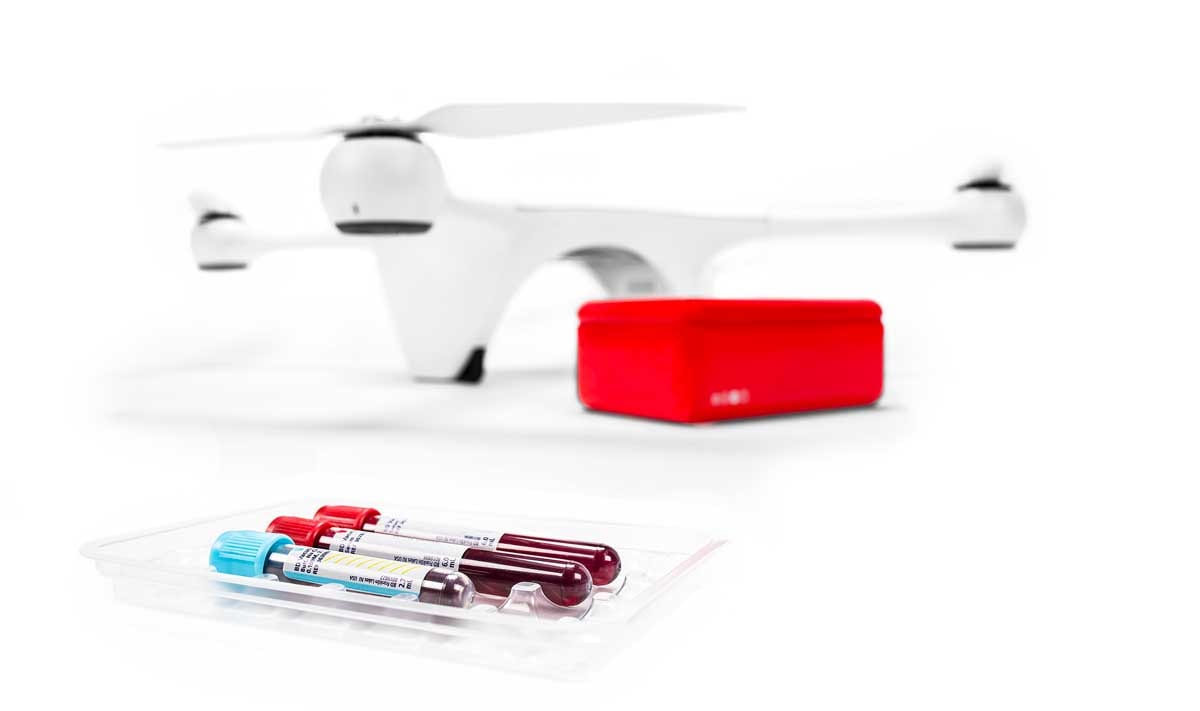
Matternet drone with diagnostics sample | Matternet
The Common Uses Of Medical Drones (And The Leaders In The Field)
The truth is, drones have a massive potential in making the transport of drugs, vaccines or medical aids faster. They can help in many circumstances when time is crucial. These can range from disasters to medical emergencies, urgent responses etc.
However, drones might not only be useful when relief is necessary. They can also help when ambulances are out of reach. For example, they can help in bad road conditions or remote areas – or in cases when patients need urgent access to rare drugs or blood supplies.
So, the uses of medical drones include:
- Drones which are designed to respond to disasters – Nowadays, the world is full of natural disasters. However, only some parts of it are able to react to these disasters. So far, there have been many cases where drones successfully delivered small aid packages (the Haiti earthquake in 2012) and cases where medical drones provided humanitarian aid (the Philippines after Typhoon Haiyan in 2013).
- Drones which deliver vaccine to the jungles – Medical drones are reliable, easy-to-use and cheap. The fact that they can save lives in rural areas without access makes them a perfect solution for delivering vaccines to the jungles. So far, medical drones have been used in cases like these to transport dummy TB test samples in remote villages in Papua New Guinea, Madagascar and as of recently, under UNICEF’s guidance to transport lab samples in Malawi.
- Transporting blood and antivenom for snake bites – At first coined by Cornelius Thiels who is a general surgery resident at Mayo Clinic’s campus in Rochester, Minnesota, this idea will eventually put medical drones in practice to transport blood products or antivenom for snake bites.
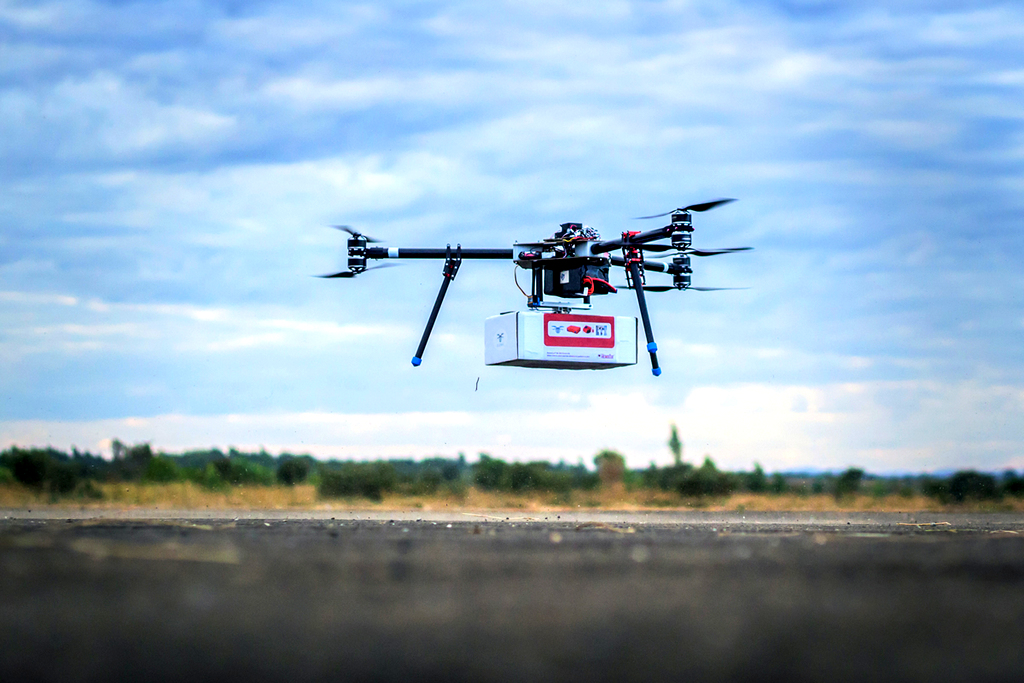
Africa’s first humanitarian drone testing corridor launched in Malawi by Government and UNICEF
Speaking of uses, it is more than important to also mention some of the companies which are pioneering the industry of medical drones, such as:
- WeRobotics – This is one of the companies which initiated the medical delivery (use) with drones and one that accelerated the positive impact of health, aid, development and environmental efforts. Currently, WeRobotics co-creates a global network of local knowledge hubs known as “Flying Labs” in low-income countries, sustainably localizing the appropriate robotics solutions and training local partners to use this new technology.
- Zipline – Labeling their brand as ‘lifesaving’, Zipline is another company which goal is to operate a drone-only delivery system at national scale – all in order to send urgent medicines such as blood and vaccines to the ones in need, regardless of their location. As of recently, Zipline launched the fastest delivery drone in the world and prepared a new system that is ready for flight in the US and all around the globe.
- Matternet – This startup raised $16 million for their mission of creating autonomous urban drones in a platform that comprises of a drone, station and cloud – created as a service to healthcare, e-commerce and logistics organizations.
A Final Word
In the end, medical drones and their possibilities are endless. The technology is above the mentioned regulatory restrictions so far and is yet to be developed and properly regulated. However, its safety, accuracy and speed are the most important points which are saving lives and making the world connected, one drone at a time.









